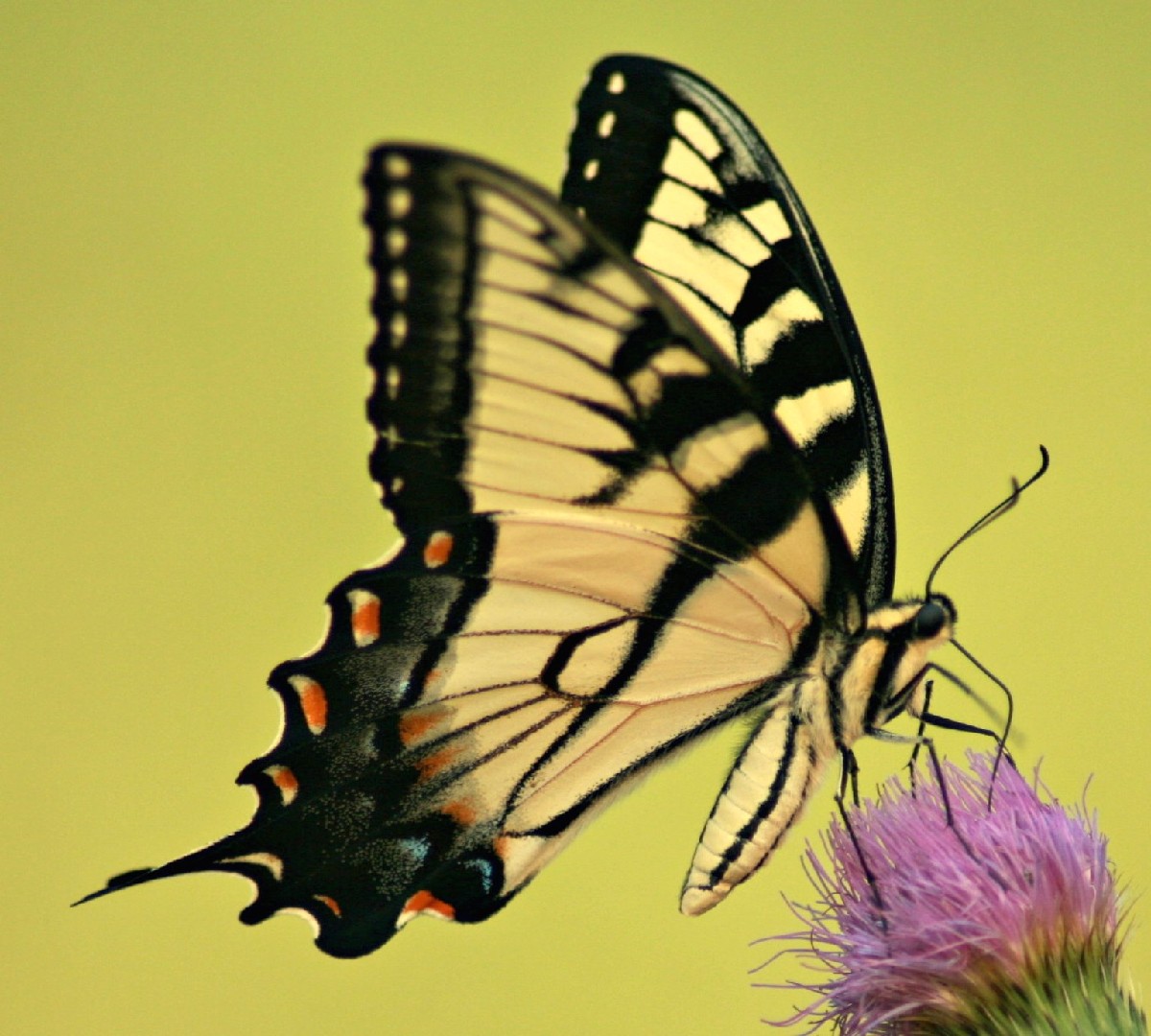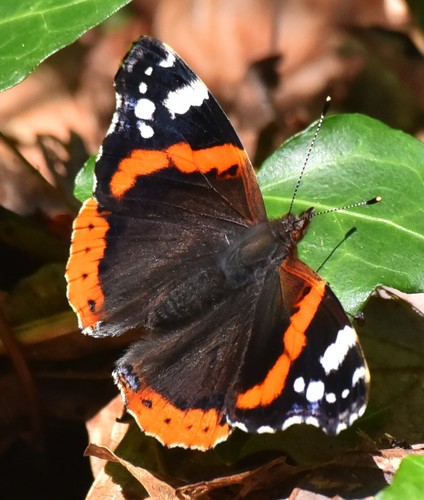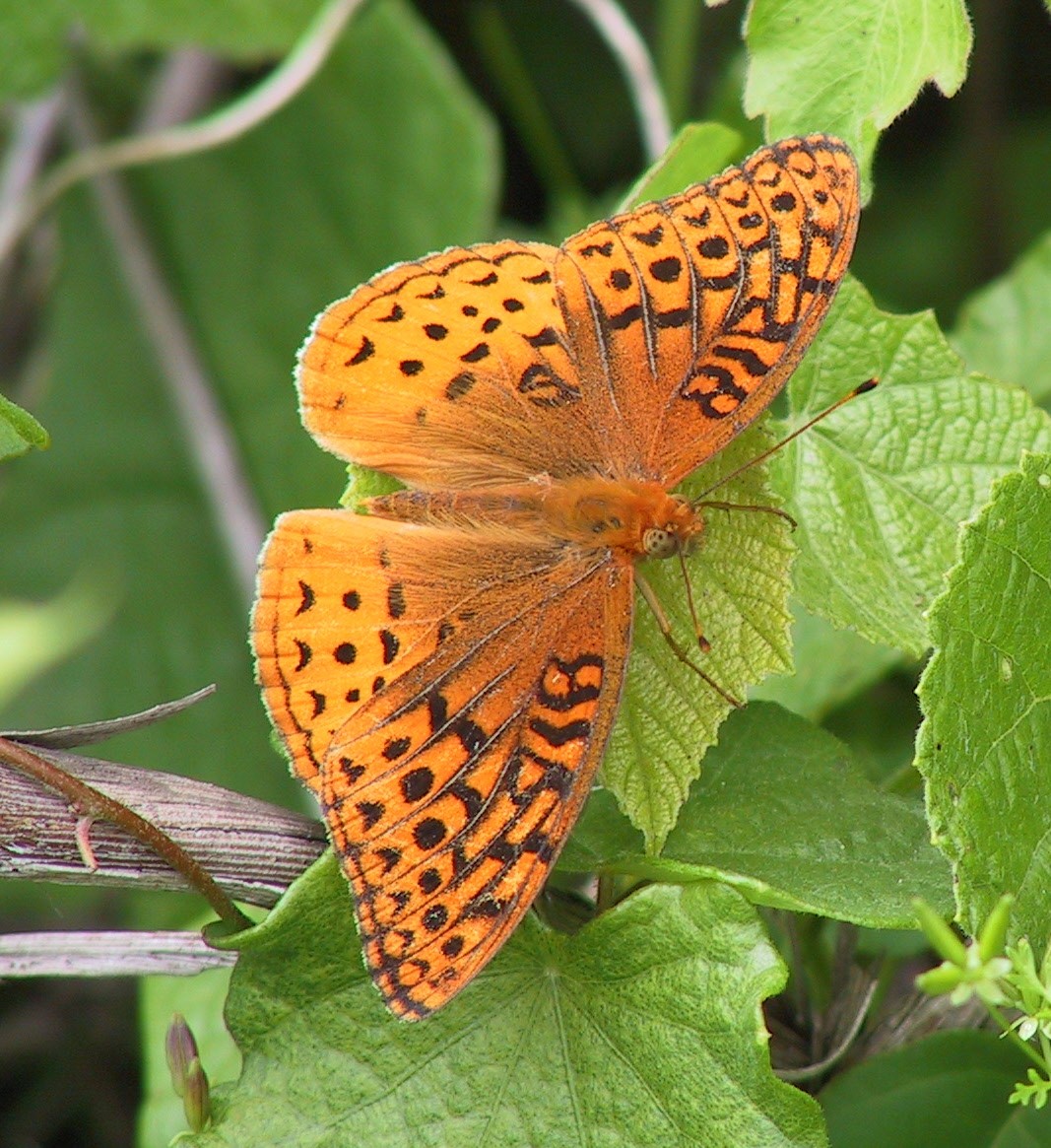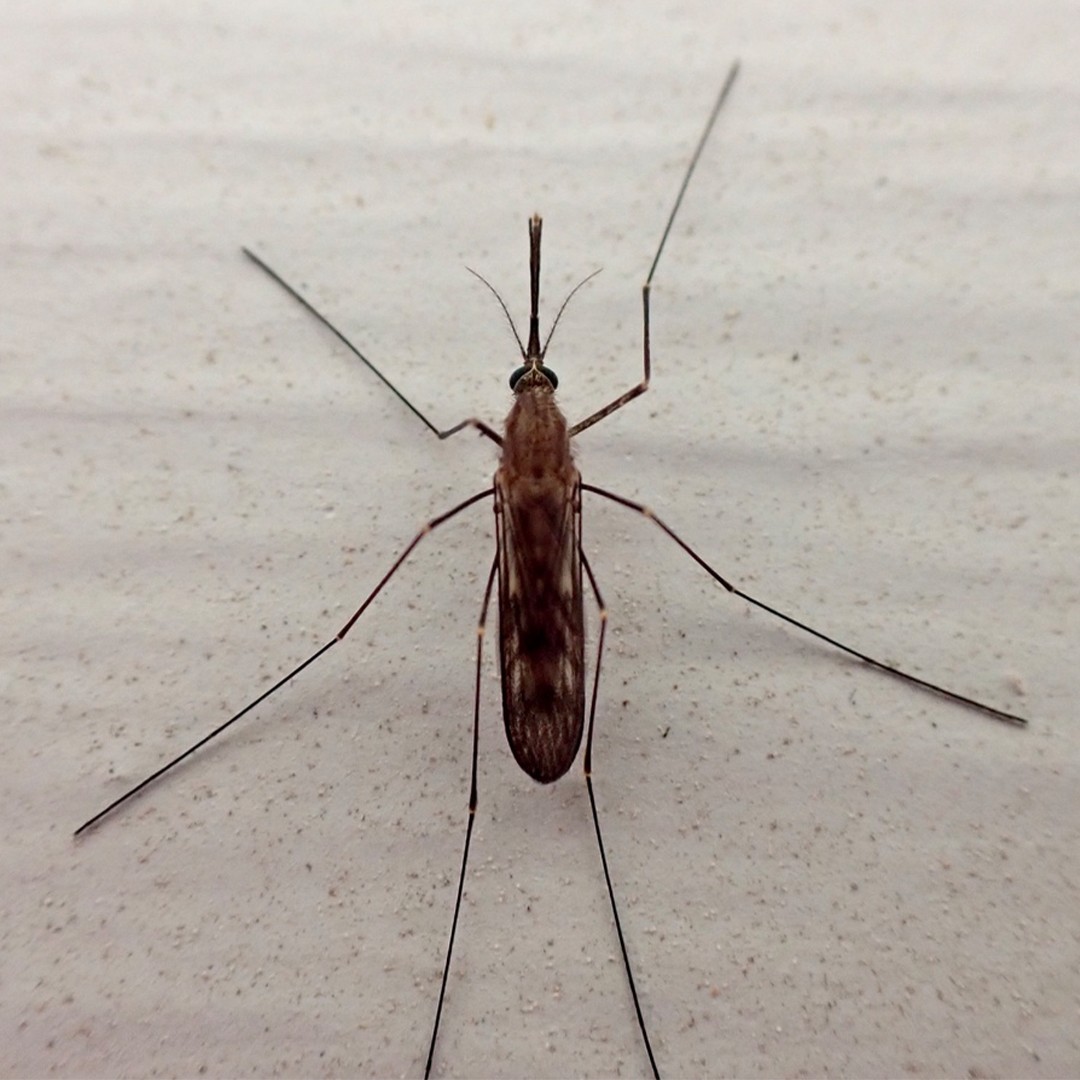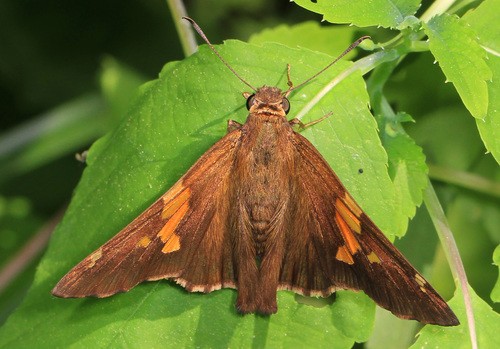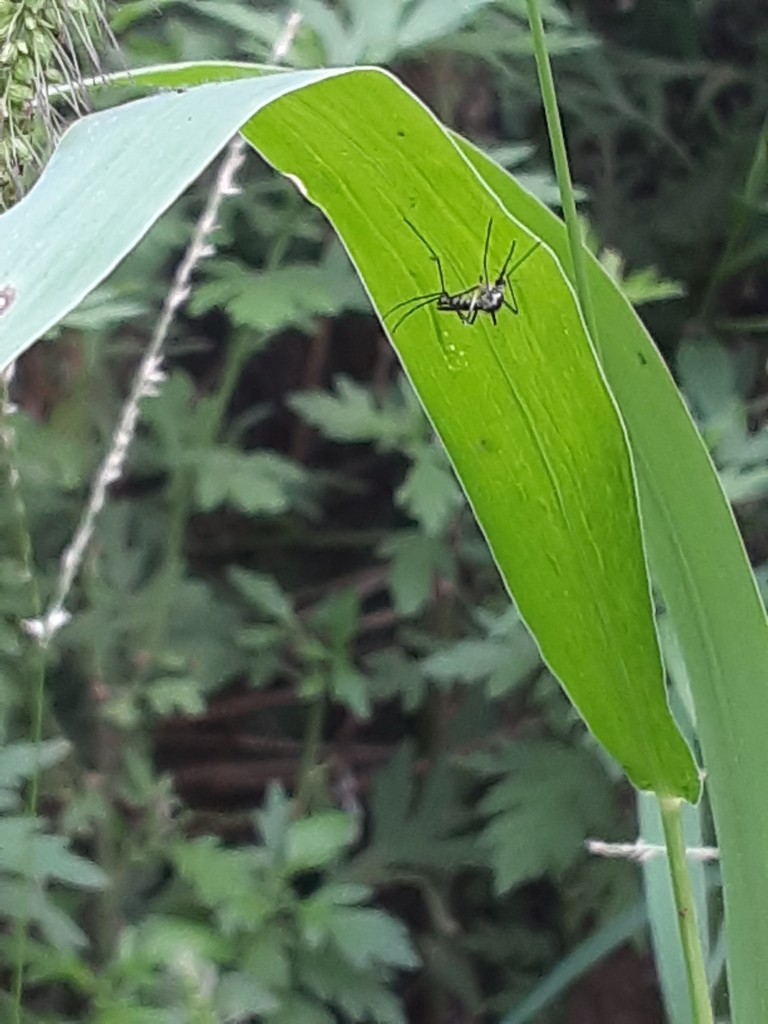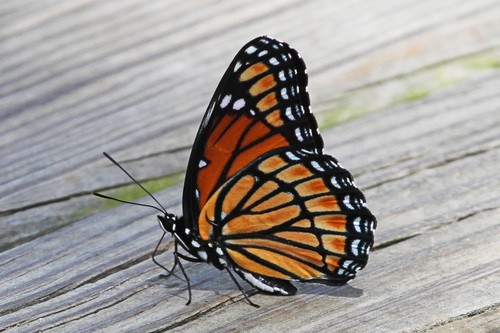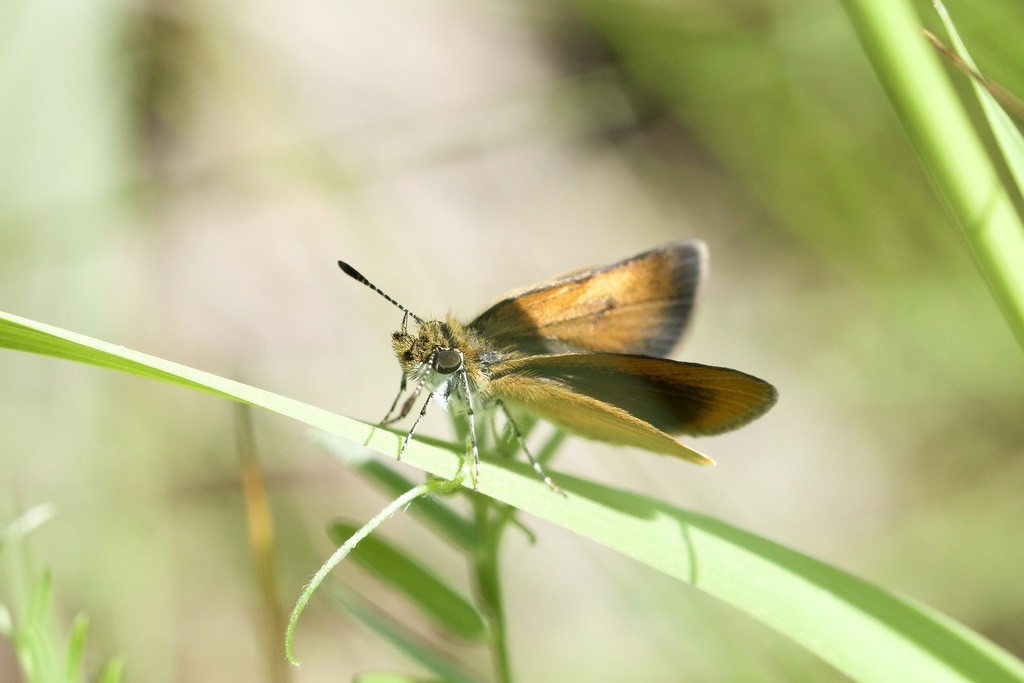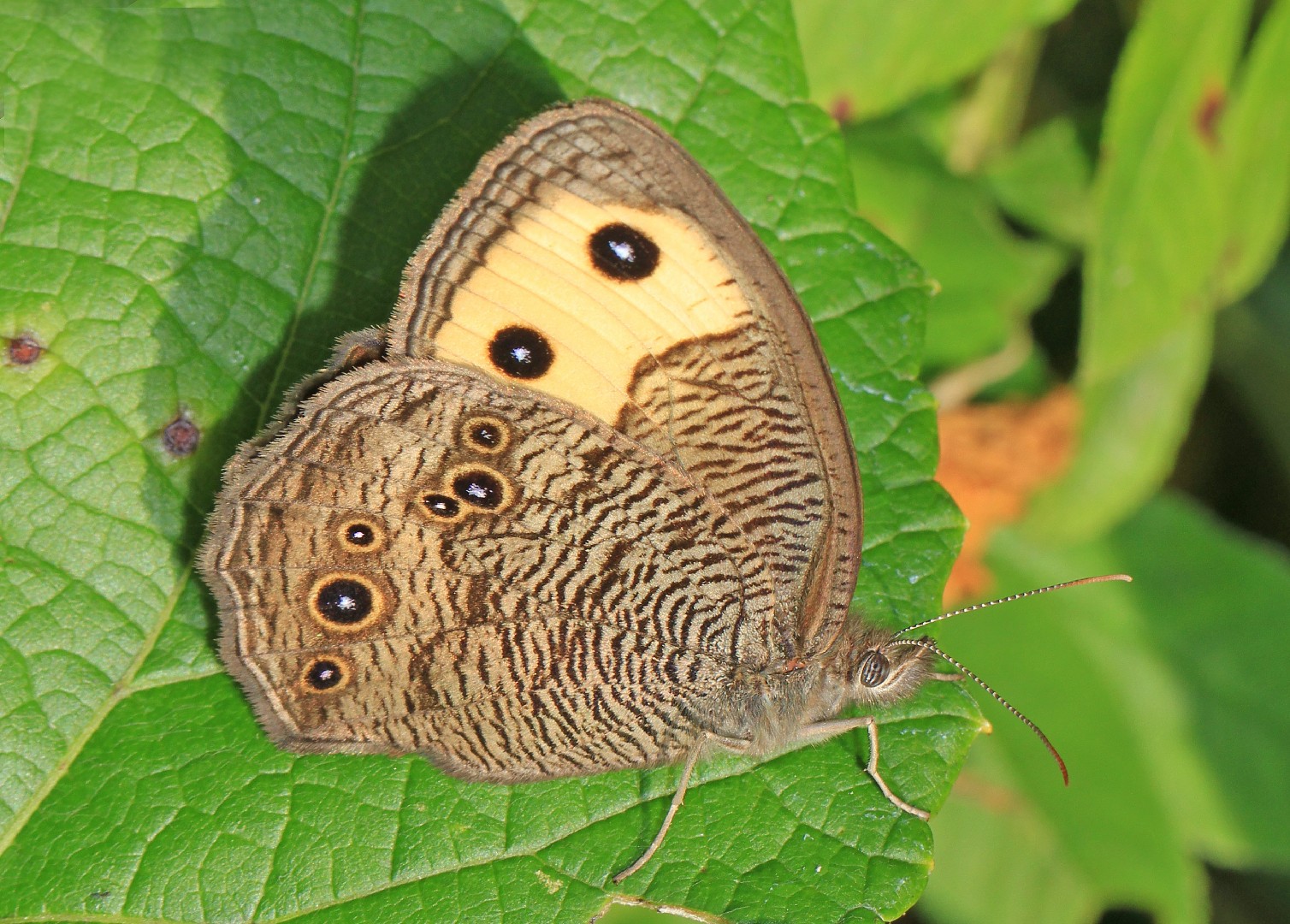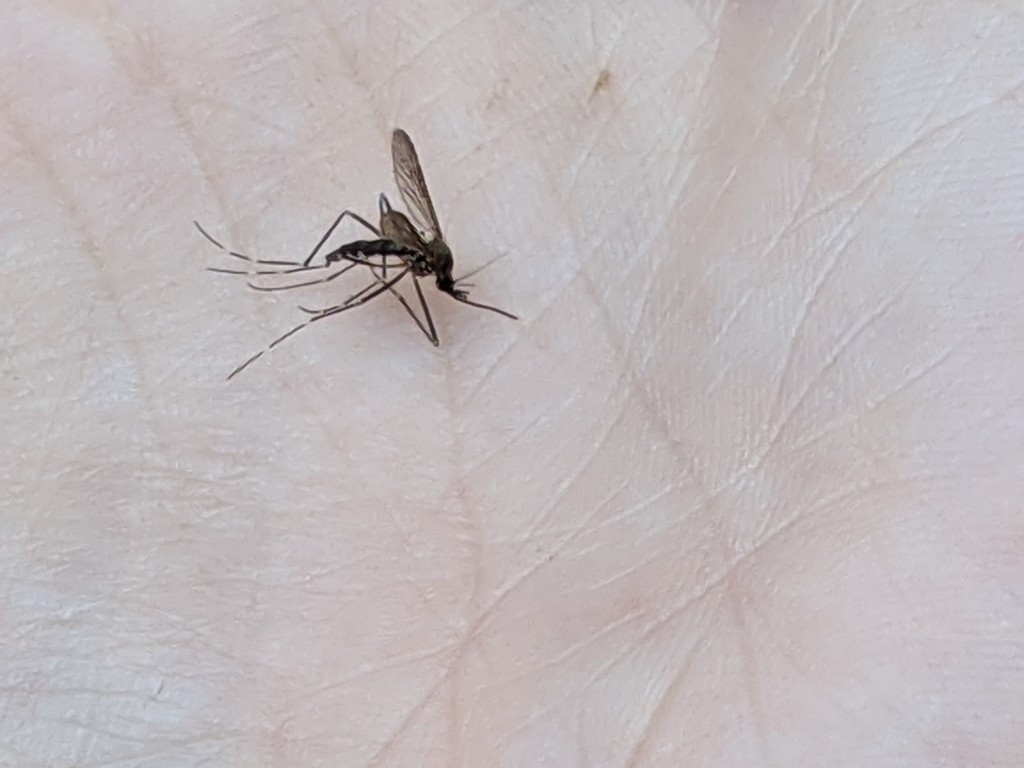Top 20 Most Common Insects in West Chicago
Insects, with their vast range and diverse characteristics, form a significant portion of the vibrant ecosystem in West Chicago. Whether darting through backyards or buzzing near local rivers, West Chicago's insect population plays both beneficial and pestiferous roles. These fascinating creatures shape West Chicago, a city that significantly influences the lives of its smallest inhabitants. Our list of the 20 most common insects in West Chicago showcases these dynamic interconnections!
Most Common Insects
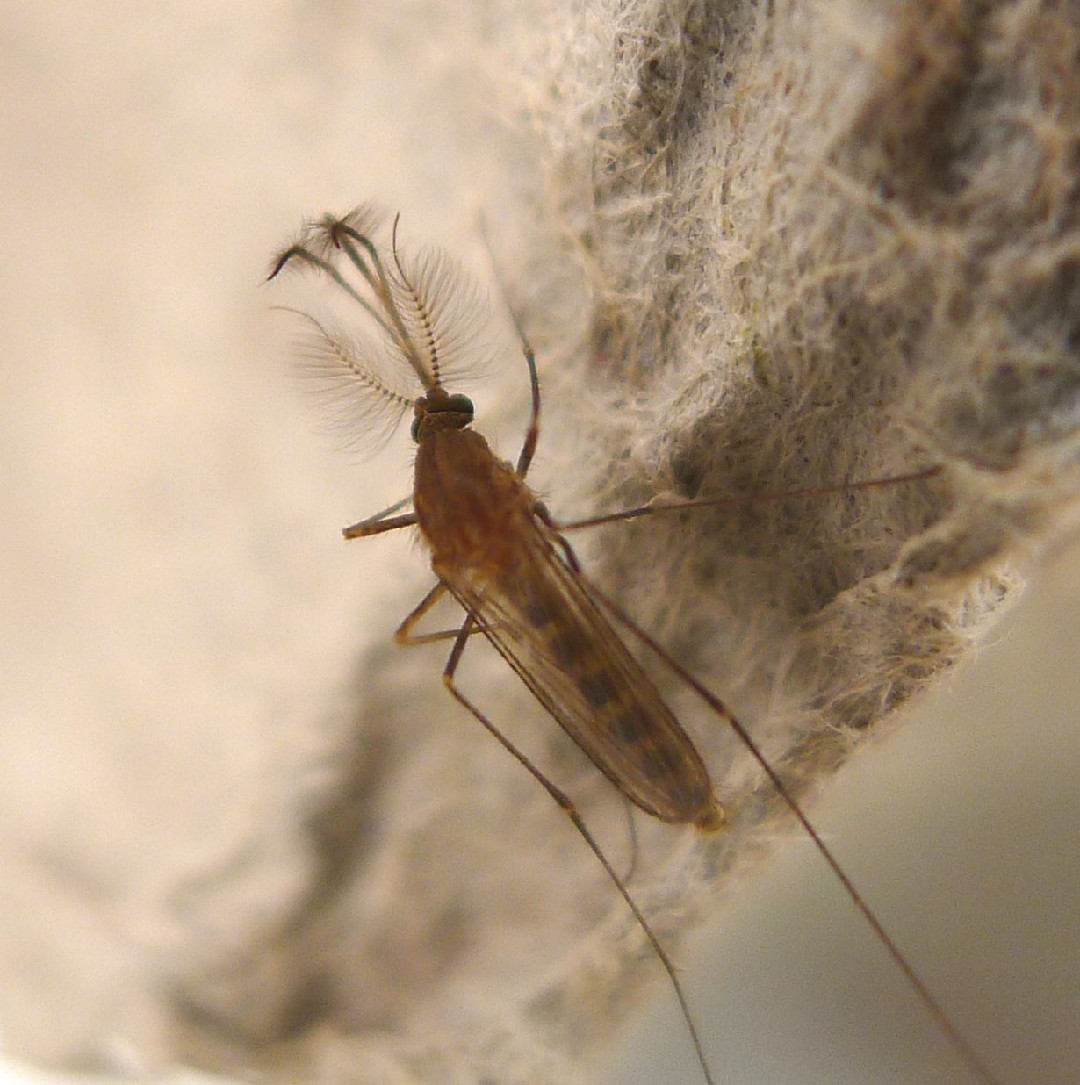
1. Common house mosquito
Among the most common mosquitos in the Unites States, common house mosquito (Culex pipiens) is a ubiquitous biting pest. It has adapted to thrive in human-touched conditions and even to feed on the blood of avian species closely connected to humans, such as pigeons and doves. However, only females consume blood; the males survive on sap and nectar.
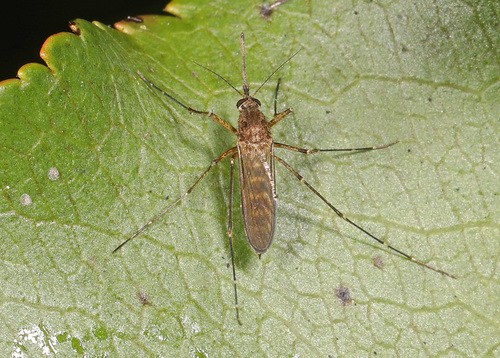
2. Inland floodwater mosquito
A common species of mosquito, inland floodwater mosquito (Aedes vexans) is often encountered near areas containing water such as grassy pools, shallow ponds, and even wet ditches. Only the females bite humans for their blood, as males subsist upon nectar and sap. Inland floodwater mosquito is a noted carrier of diseases such as Zika virus and myxomatosis.
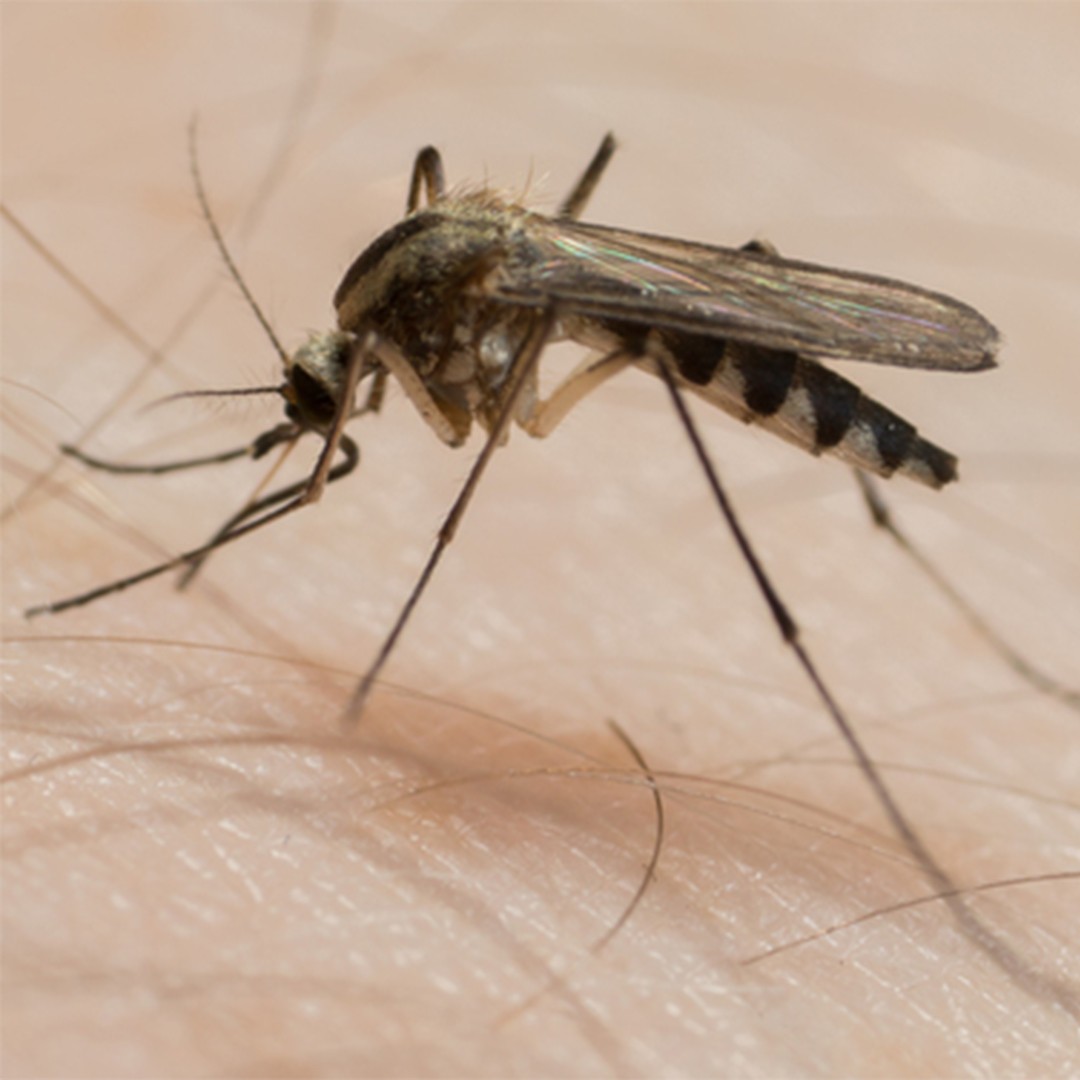
3. Plains floodwater mosquito
Plains floodwater mosquito has the unique ability to rapidly proliferate in floodwater, hence its name. This mosquito is both a voracious feeder and a vector, spreading diseases such as La Crosse Encephalitis with its bite. Its population spikes are directly connected to the frequency of floods, making it a species highly responsive to weather changes. Their presence offers a warning of ecological shifts and populations often serve as food for bats and birds, highlighting their dual role in ecosystem dynamics as both predator and prey.
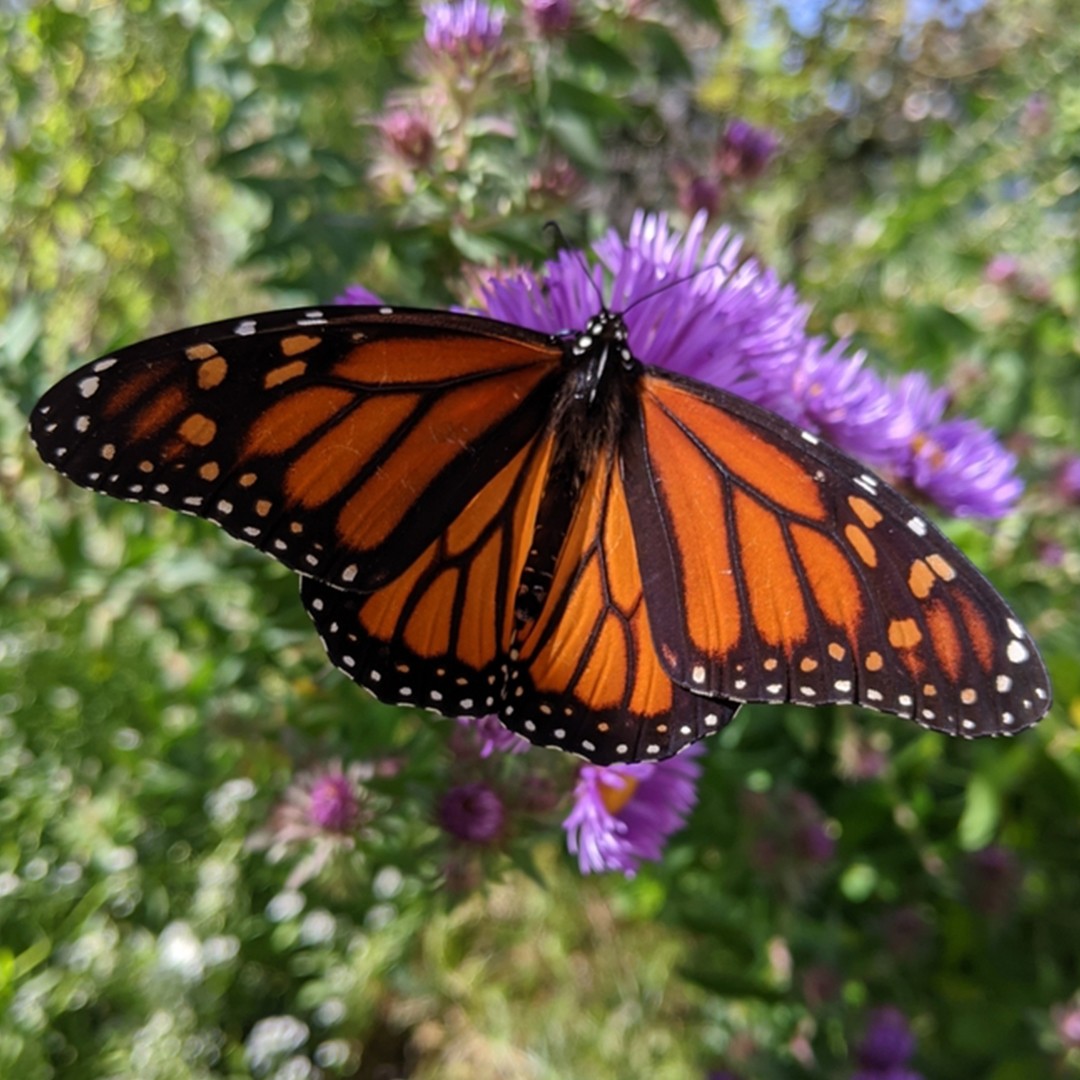
4. Monarch butterfly
The monarch butterfly (Danaus plexippus) is the most recognizable butterfly in North America. It is best known for its appearance, but should be better known for the fact that it has a 3000-mile migration that takes the butterfly 4 generations to complete. Their diet is also a natural deterrent for predators, as they eat milkweed, a poison that induces vomiting.
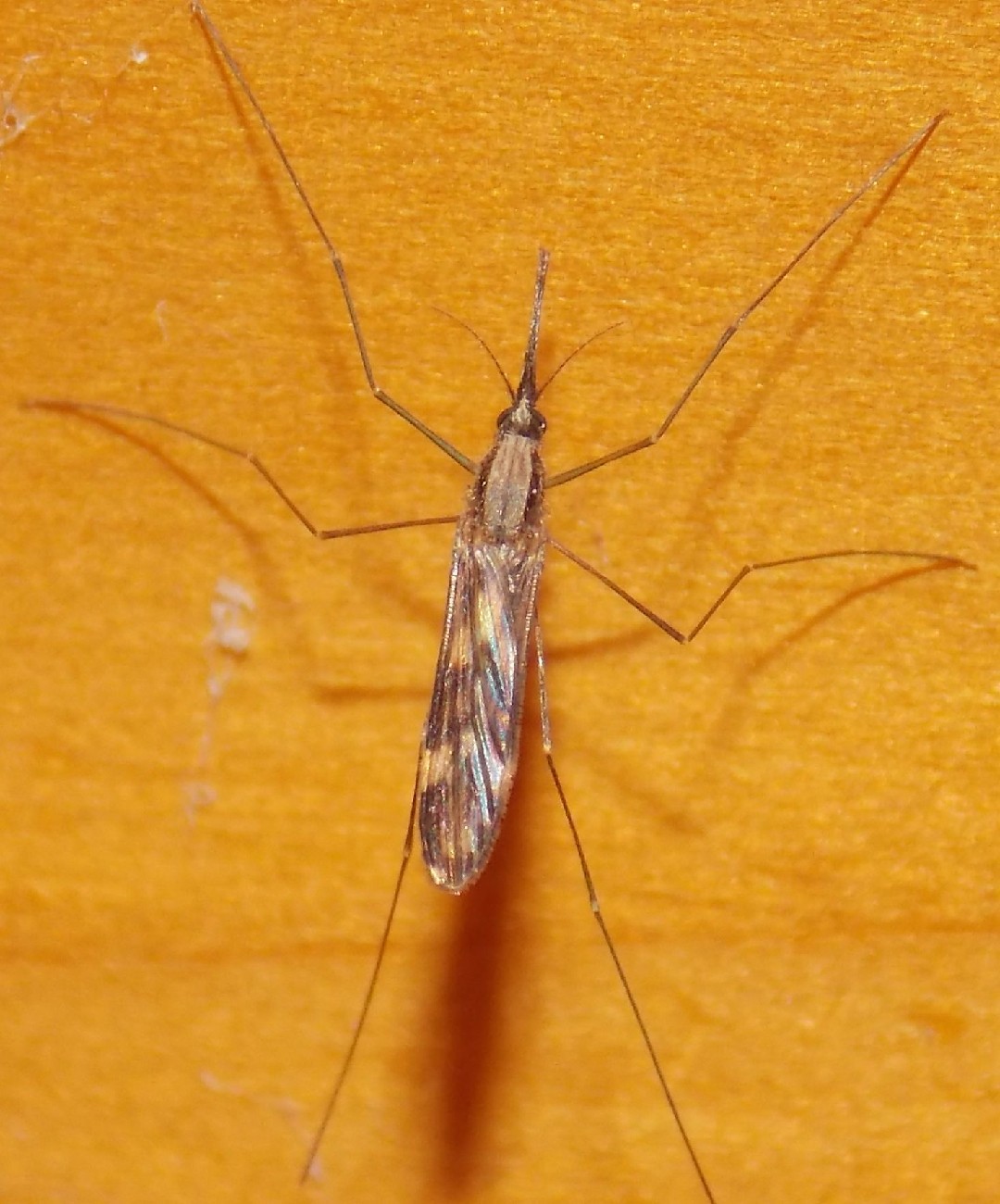
5. Woodland malaria mosquito
The woodland malaria mosquito (Anopheles punctipennis) is identified with a unique wing pattern when compared to other mosquitos. Otherwise, they are known to live inside of abandoned buildings or tree stumps during the winter period, which is why they enjoy woodlands. As stated by the name, it is also a vector for malaria, which is concerning given females enjoy blood meals.
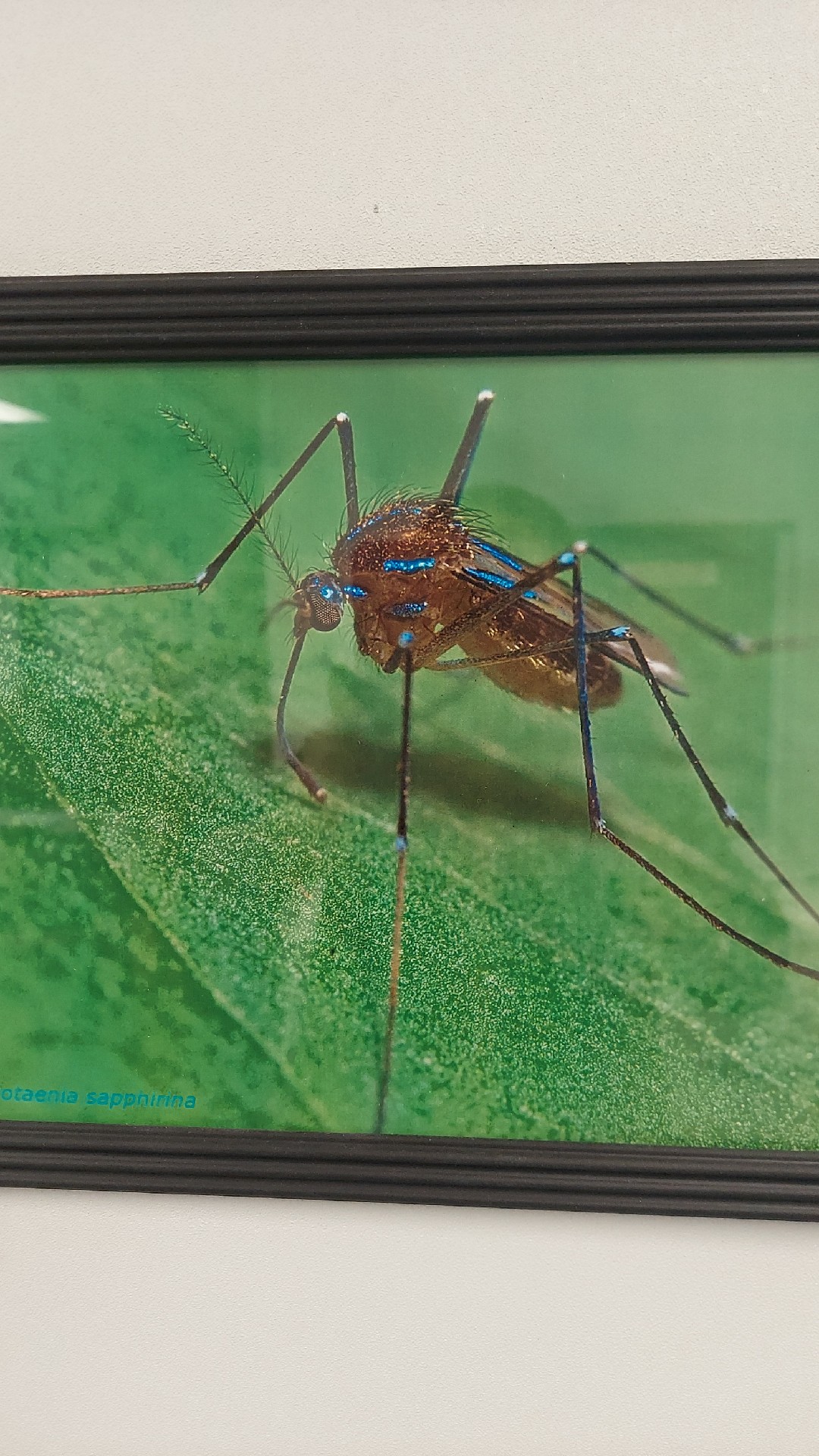
6. Uranotaenia sapphirina
Uranotaenia sapphirina is a species of mosquito in the family Culicidae. 
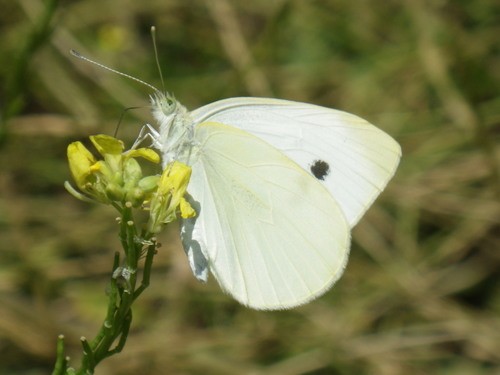
7. Cabbage white
Cabbage white (Pieris rapae) derives its common name from its habits as a caterpillar, which is a ferocious pest for cabbage, kale and broccoli farmers. In North America, it is one of the first butterflies to emerge in spring, heralding the beginning of the season.
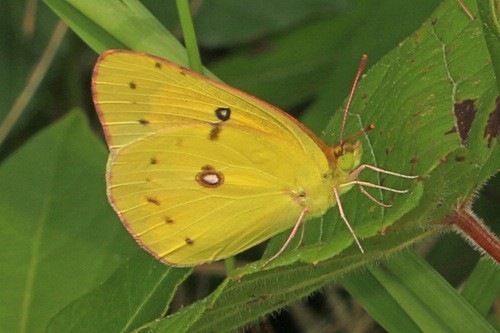
8. Orange sulphur
The Colias eurytheme, also known as the orange sulphur butterfly, is widely distributed in North America. It is easily found and recognized in the fields and gardens owing to its special characteristics. If you look carefully at it, you will see obvious orange color on the top of the wings and solid black borders, as well as a black spot on each forewing.
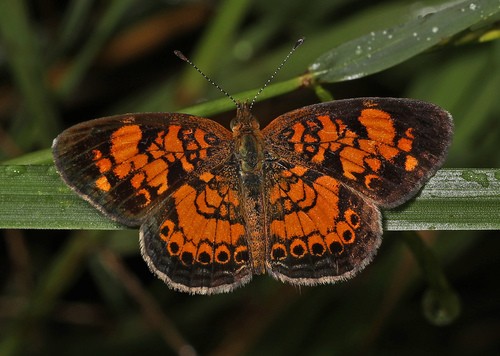
9. Pearl crescent
The pearl crescent (Phyciodes tharos) is an orange butterfly that lives in open areas that are generally moist and sunny. These butterflies are attracted to puddles, and the males will often fight with other male butterflies that land near the same puddle. However, females are not as aggressive and prefer to stay in groups.
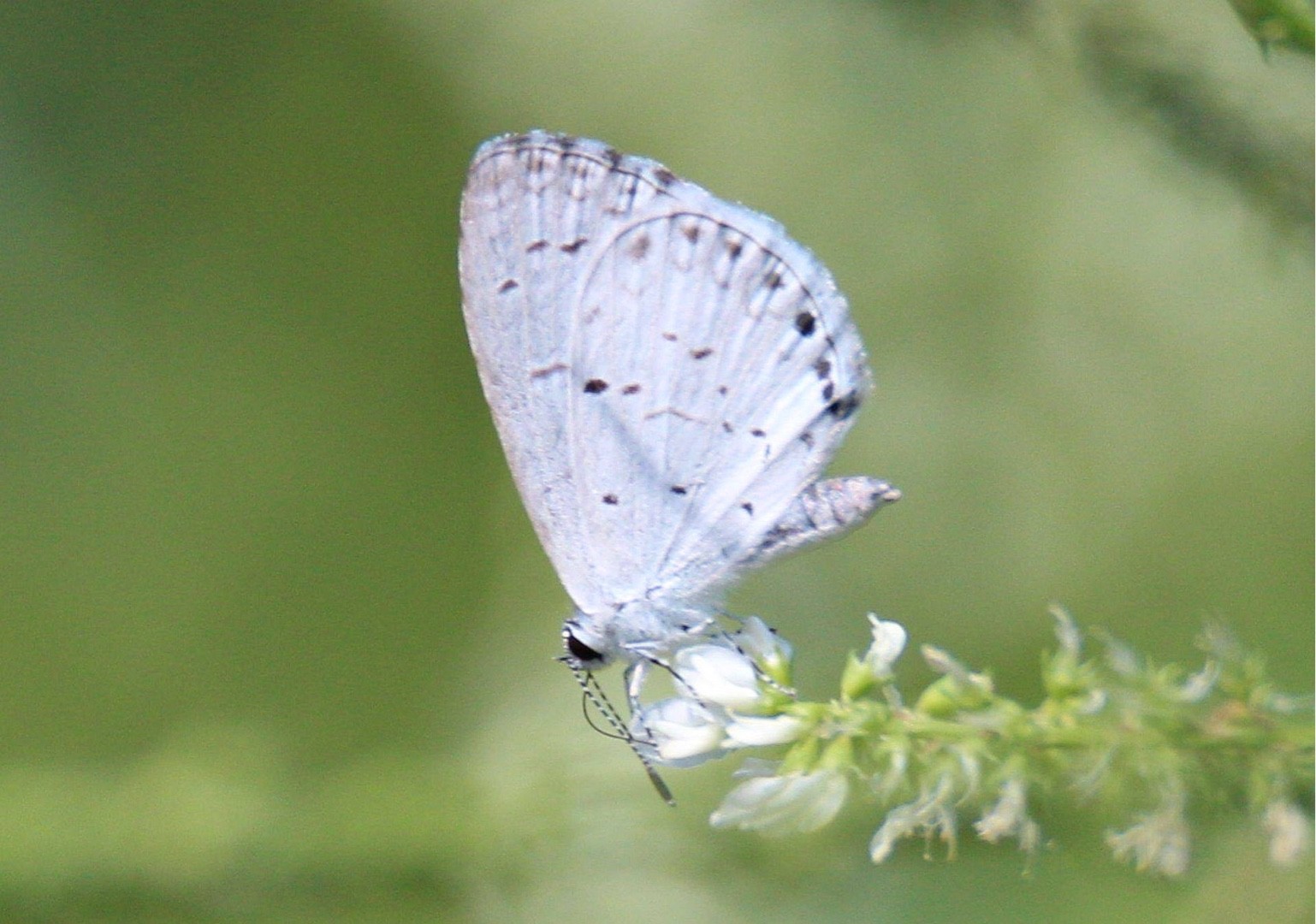
10. Spring azure
Celastrina argiolus ladon is a butterfly from the Lycaenidae family, the small pages, fire butterflies and blues. This subspecies used to be considered as a separate species, but in a revision it is classified as a subspecies of the blue tree. This revision is not accepted by all authors.
More
